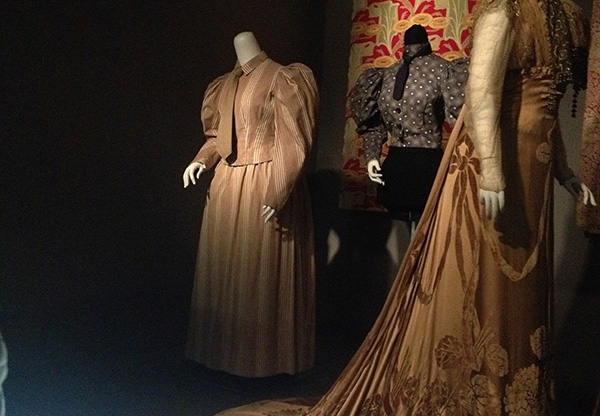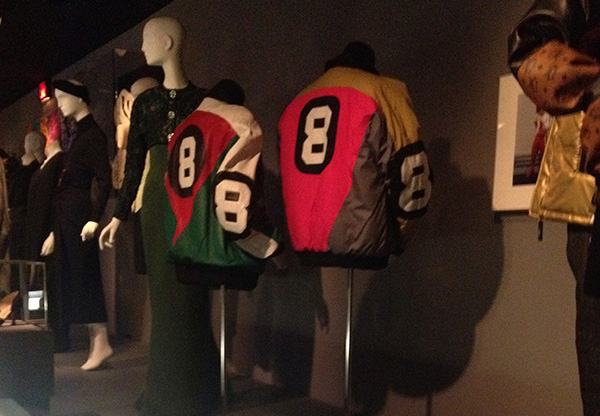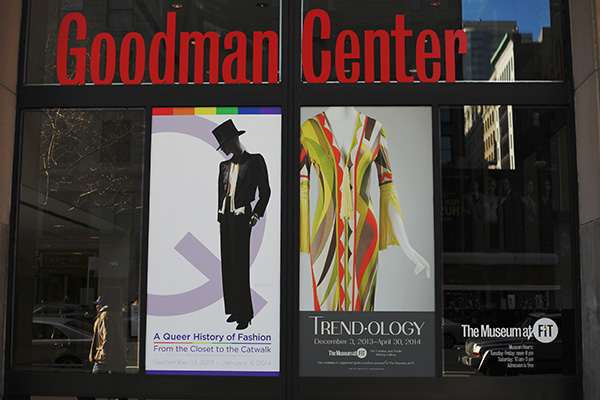
From Rodarte’s clothing collaboration with Target to Maison Martin Margiela’s debut line for H&M, the phenomenon of what is trendy permeates stores and streets despite different socioeconomic standpoints. However, the visibility of trends is not just a modern concept — Fashion Institute of Technology’s new “Trend-ology” exhibit allows viewers to venture through over 250 years of trends, aiming to answer not only what is in style but, more importantly, why.
The exhibit itself, cura-ted by Emma McClendon and Ariele Elias, offers a visual experience like that of a runway — a long, narrow, dark hallway with the fashions illuminated on both sides. The displayed clothing is arranged chronologically, beginning with the 1700s trend of incorporating the color yellow, sets an example for the globally minded motif of the exhibit. The exhibit explains how yellow was previously associated with heretics in Europe, but it became identified with the Emperor of China as trade expanded. By transforming the cultural meaning, wearers embodied this high-low adaptation — ta-king a specific high-class or designer trend and making it more accessible for the everyday consumer. The same frenzied expansion is explained throughout many of the exhibit’s examples, such as tartan print from King George IV’s visit to Scotland as well as 1920s embellishments and silk in Hollywood dresses reflecting Art Deco in France.

In addition to cultural collaboration, “Trend-ology” provides insight to the political undertones of certain fashions. The 1930s representation, a structured black suit, shows how clothing of the Great Depression aimed to provide working women with two uses for an outfit — professional enough for work but sleek enough for evening outings. In the representations for the late 1960s and early 1970s, as a backlash to capitalism and mass-produced industries, clothing began to incorporate tie-dye, folk art and hand-sewn patches — allowing even a counterculture to become trendy.
“I think political connotations of clothing should be discussed more,” Gallatin freshman Felix Chan said after viewing this section of the exhibit. “There are such strong messages behind all of these fashions, even on streets today.”

In the final section of the exhibit, picks from Rad Hourani’s 2013 collection, illustrated the current trend of unisex clothing.
“I personally only wear men’s clothing, but I think the meaning behind current, unisex apparel shows how we’re progressing,” said Justin Pituch, a Gallatin freshman who attended the exhibit. “If styles can intermix between sexes, maybe gendered roles in society can be interchangeable as well.”
“Trend-ology” brings the real meaning behind our choice of cuts and colors of fabrics, proving the power behind trends. The exhibit shows how popularization of certain fashions brings to life a reflection of our society, a way to convey our messages without saying a word.
The exhibit runs from Dec. 3 to April 30, and admission is free.
A version of this article appeared in the Tuesday, Dec. 10 print edition. Hannah Treasure is a staff writer. Email her at [email protected].














































































































































